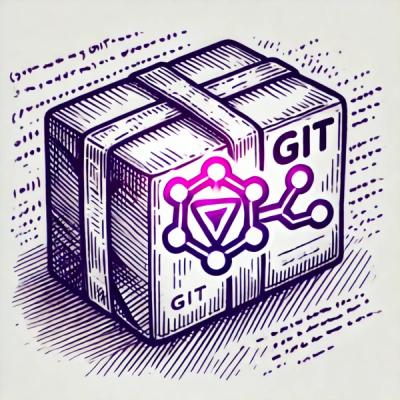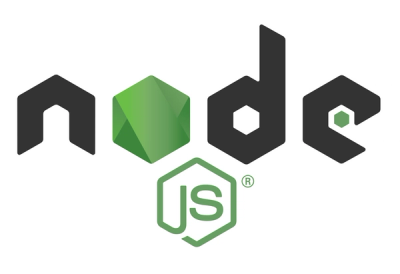Nuxt-Mapbox
Elegant Mapbox integration with Nuxt



Features
- 🏗 Easily add Mapbox to your Nuxt app with Vue components
- 🌎 useMapbox Composable for easy access
- 👷 defineMapboxMarker & defineMapboxPopup for making custom components
- 🎛️ defineMapboxControl for creating your own controls
- 📖 Persistent map instances across routes
Quick Setup
- Add
nuxt-mapbox & mapbox-gl dependencies to your project
pnpm add -D nuxt-mapbox mapbox-gl
yarn add --dev nuxt-mapbox mapbox-gl
npm install --save-dev nuxt-mapbox mapbox-gl
- Add
nuxt-mapbox to the modules section of nuxt.config.ts
export default defineNuxtConfig({
modules: [
'nuxt-mapbox'
]
})
- Add your Mapbox API key to the
mapbox section of nuxt.config.ts
export default defineNuxtConfig({
modules: [
'nuxt-mapbox'
],
mapbox: {
accessToken: '{API_KEY}'
}
})
Usage
View the Mapbox GL JS Docs for reference.
Map instances are created with components. You can provide all the options through component props
Example:
<MapboxMap
map-id="{ID}"
style="position: absolute; top: 0; bottom: 0; left: 250px; width: 500px;"
:options="{
style: 'mapbox://styles/mapbox/light-v11', // style URL
center: [-68.137343, 45.137451], // starting position
zoom: 5 // starting zoom
}"
/>
You can add Layers, Sources & Controls by nesting their respective components inside the Map
Examples:
<MapboxMap
...
>
<MapboxSource
source-id="{ID}"
:source="{
type: 'geojson',
data: '/test.geojson'
}"
/>
<MapboxLayer
:layer="{
source: '{ID}',
id: 'geojson-layer',
type: 'fill'
}"
/>
<MapboxGeolocateControl position="top-left" />
</MapboxMap>
Development
npm install
npm run dev:prepare
npm run dev
npm run dev:build
npm run lint
npm run test
npm run test:watch
npm run release






